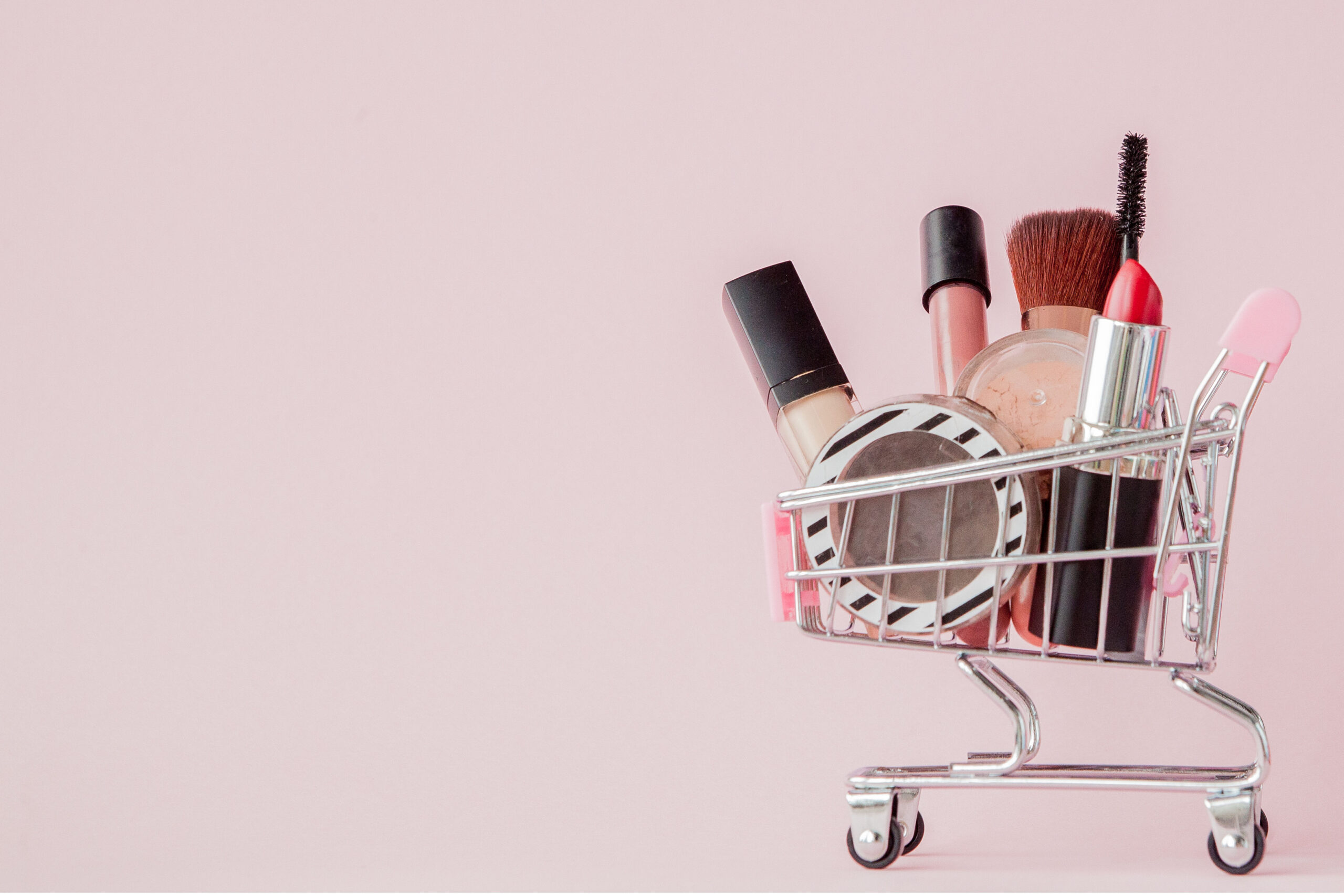November 25, 2021 – The EU Cosmetics regulatory framework is constantly evolving – We decided to share an easily accessible summary of what happened in Q2 and Q3 2021. Check it to make sure you have not missed anything!
Section I – What happened
In the first part of this article, you can find an overview of the news from April to September 2021. For further details, you will be re-directed to our articles and Watch-out Database.
- On May 26, 2021, the European Commission published the Commission Regulation (EU) 2021/850 (Omnibus Act III), amending the Annexes to the EU Cosmetics Regulation. According to the text, applicable as of October 1, 2021:
-
- Titanium dioxide in powder form containing 1% or more particles with a diameter smaller than 10 μm is carcinogenic by inhalation; hence, it has been added to Annex III;
- Salicylic acid entry in Annex III has been amended;
- 12 new ingredients have been included in Annex II. They are: Cobalt, Metaldehyde, Methylmercuric chloride, Benzo[rst]pentaphene, Dibenzo[b,def]chrysene; dibenzo[a,h]pyrene, Ethanol, 2,2′-iminobis-, N- (C13-15-branched and linear alkyl) derivs, Cyflumetofen, Diisohexyl phthalate, Halosulfuron-methyl, 2-methylimidazole, Metaflumizone, Dibutylbis(pentane-2,4- dionato-O,O’)tin.
- On July 5, 2021, the European Commission released the Commission Regulation (EU) 2021/1099, applicable as of July 26, 2021: Deoxyarbutin has been added to Annex II and Dihydroxyacetone to Annex III.
- In the scientific advice of May 7, 2021, the Scientific Committee on Consumer Safety (SCCS) concluded that the present threshold (0.05%) for labeling formaldehyde releasers is insufficient to protect consumers sensitized to formaldehyde. Hence, a lower limit of 0.001% is proposed that we believe will be implemented by the European Commission soon.
The news does not concern the amendments of the Annexes to the EU Cosmetics Regulation only…
- According to the Single-Use Plastic products (SUP) Implementing Regulation, as of July 3, 2021, wet wipes – including cosmetic wipes and face mask sheets that are:
-
- Made or partially made of plastic; and
- Meant to be disposed of after one use;
Must bear on the packaging the marking ‘plastic in product’. This decision aims to inform the consumer about the need to dispose of the product properly.
- The International Fragrance Association issued two new Amendments to the IFRA Standards.
-
- On January 10, 2020, the International Fragrance Association (IFRA) announced the 49th Amendment, introducing several changes to the Standard – new methodologies included.
- On June 30, 2021, IFRA notified the 50th Amendment prohibiting the use of Mintlactone as a fragrance ingredient.
Cosmetic brands must make sure their fragrance suppliers comply with the latest IFRA Standards as of the date of their applicability.
Section II – What is next
In the second part of this article, we give you some hints on what is likely to happen soon. Check the list to be ready!
- Nanomaterials are a hot topic in the EU Cosmetics regulatory world.
-
- In the annual report on the use of nanomaterials in cosmetics from July 2021, the European Commission confirmed it is working on a new horizontal definition of nanomaterial to be included in the EU Cosmetics Regulation as well.
- The Scientific Committee on Consumer Safety is performing the safety assessments of several nanomaterials according to the priority list published at the beginning of 2021. You can find all the SCCS opinions in the COSlaw Library of documents.
- In its opinion, from July 22, 2021, the SCCS declared that the use of HAA299 (nano) as a UV filter is safe up to a maximum concentration of 10% in dermally applied cosmetics. In light of this, we can expect that the European Commission will add it to the list of UV filters allowed to be used in cosmetics.
- The SCCS is also assessing the safety of several substances that the European Commission has identified as potential endocrine disruptors. Check which are these ingredients and what are the SCCS opinions already published here.
- Taking into account the SCCS scientific advice on Methyl-N-methylanthranilate (MNM) of October 16, 2020, and the corrigenda of June 1, 2021, we are expecting that the European Commission will add the substance to Annex III to the EU Cosmetics Regulation to reflect the below findings:
-
- MNM is safe up to a maximum concentration of 0.1% in leave-on products and 0.2% in rinse-off products;
- MNM is not safe when used in sunscreens and products marketed for exposure to UV light.
- The EU chemicals strategy for sustainability envisages a revision of the EU Cosmetics Regulation. You can find the roadmap and the proposed changes here, including the development of digital labeling and the introduction of a new horizontal definition of nanomaterial.
Follow COSlaw.eu to remain updated on the latest cosmetic news! Subscribe for free to our monthly Newsletter, and you will receive in your email inbox a summary of everything we have published.



Leave a Reply